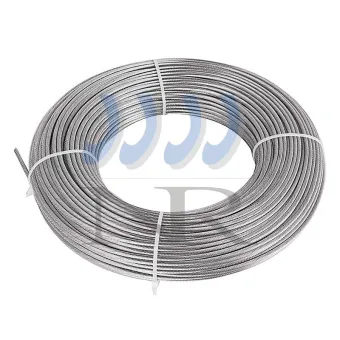What are the 4 types of steel?
Steel is a versatile and indispensable material that plays a crucial role in various industries and applications. It is an alloy of iron and carbon, with additional elements often added to enhance its properties. The classification of steel is based on its composition, and there are four main types of steel, each with unique characteristics and applications.
Carbon Steel
Carbon steel is the most common type of steel, constituting the majority of steel production globally. Its primary alloying element is carbon, typically in the range of 0.12% to 2.0%. The amount of carbon determines the hardness and strength of the steel. Carbon steel can be further categorized into three subtypes:
a. Low Carbon Steel: Contains a minimal amount of carbon (up to 0.3%) and is malleable and easily weldable. It finds applications in construction, automotive manufacturing, and general fabrication.
b. Medium Carbon Steel: With a carbon content ranging from 0.3% to 0.6%, medium carbon steel offers increased strength and hardness. It is often used in forging, axles, and high-strength wires.
c. High Carbon Steel: Contains a higher carbon content (above 0.6%), resulting in exceptional hardness and wear resistance. High carbon steel is utilized in cutting tools, springs, and components requiring durability.
Alloy Steel
Alloy steel is composed of iron, carbon, and additional alloying elements such as chromium, manganese, nickel, or vanadium. The incorporation of these elements imparts specific properties to the steel, making it suitable for various applications. Alloy steel can be classified into several subtypes based on the predominant alloying element and its concentration. Common examples include:
a. Stainless Steel: Contains chromium for enhanced corrosion resistance. Stainless steel is widely used in kitchen appliances, construction, and the production of medical equipment.
b. Tool Steel: Incorporates tungsten, molybdenum, or vanadium to enhance hardness, heat resistance, and durability. Tool steel is employed in the manufacturing of cutting tools, molds, and dies.
c. High-Strength Low-Alloy (HSLA) Steel: Contains small amounts of alloying elements such as niobium, vanadium, or titanium to improve strength and toughness. HSLA steel is used in structural applications, bridges, and automotive components.
Stainless Steel
Stainless steel is a specific type of alloy steel known for its exceptional corrosion resistance. It contains at least 10.5% chromium, forming a protective oxide layer that prevents rust and corrosion. Stainless steel is widely used in environments where resistance to moisture, acids, and chemicals is essential. Common types of stainless steel include:
a. Austenitic Stainless Steel: Non-magnetic and characterized by high corrosion resistance, austenitic stainless steel is commonly used in kitchen appliances, food processing, and pharmaceutical equipment.
b. Ferritic Stainless Steel: Known for its magnetic properties, ferritic stainless steel is often utilized in automotive applications, exhaust systems, and decorative trims.
c. Martensitic Stainless Steel: Boasting high strength and hardness, martensitic stainless steel finds applications in cutlery, surgical instruments, and industrial equipment.
Tool Steel
Tool steel is a specialized type designed for the production of tools and dies. It is characterized by its high hardness, resistance to abrasion, and ability to withstand high temperatures. Tool steel is crucial in various industries, including manufacturing, construction, and metalworking. Common subtypes of tool steel include:
a. Water-Hardening Tool Steel: Suitable for cold-working applications, water-hardening tool steel is used in forming dies and cutters.
b. Oil-Hardening Tool Steel: Known for its dimensional stability and wear resistance, oil-hardening tool steel is employed in manufacturing gauges, jigs, and dies.
c. High-Speed Tool Steel: With enhanced heat resistance, high-speed tool steel is ideal for cutting tools, drills, and machining applications that involve high temperatures.
Understanding the four main types of steel—carbon steel, alloy steel, stainless steel, and tool steel—provides valuable insights into the diverse properties and applications of this essential material. Whether it's constructing buildings, manufacturing machinery, or creating everyday household items, the versatility of steel continues to shape the world we live in. As technology and metallurgical advancements progress, the development of new steel alloys and applications is likely to further expand the capabilities of this indispensable material.



